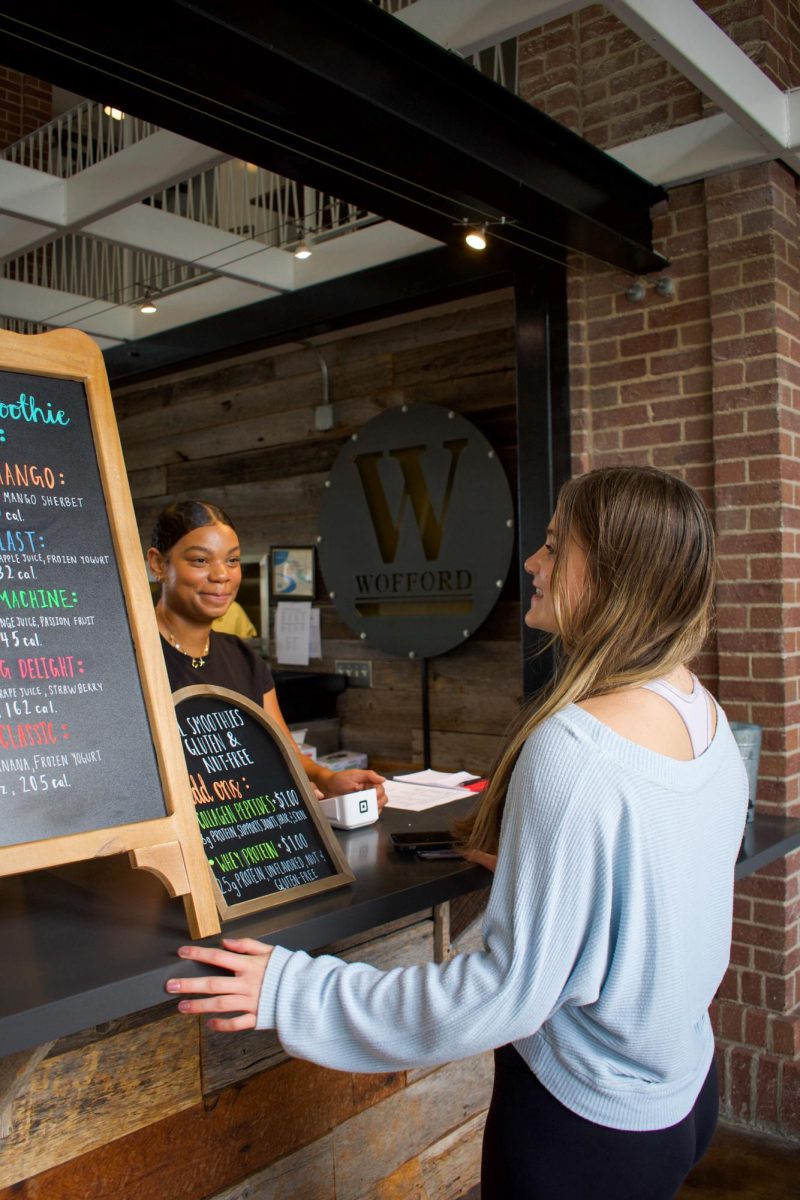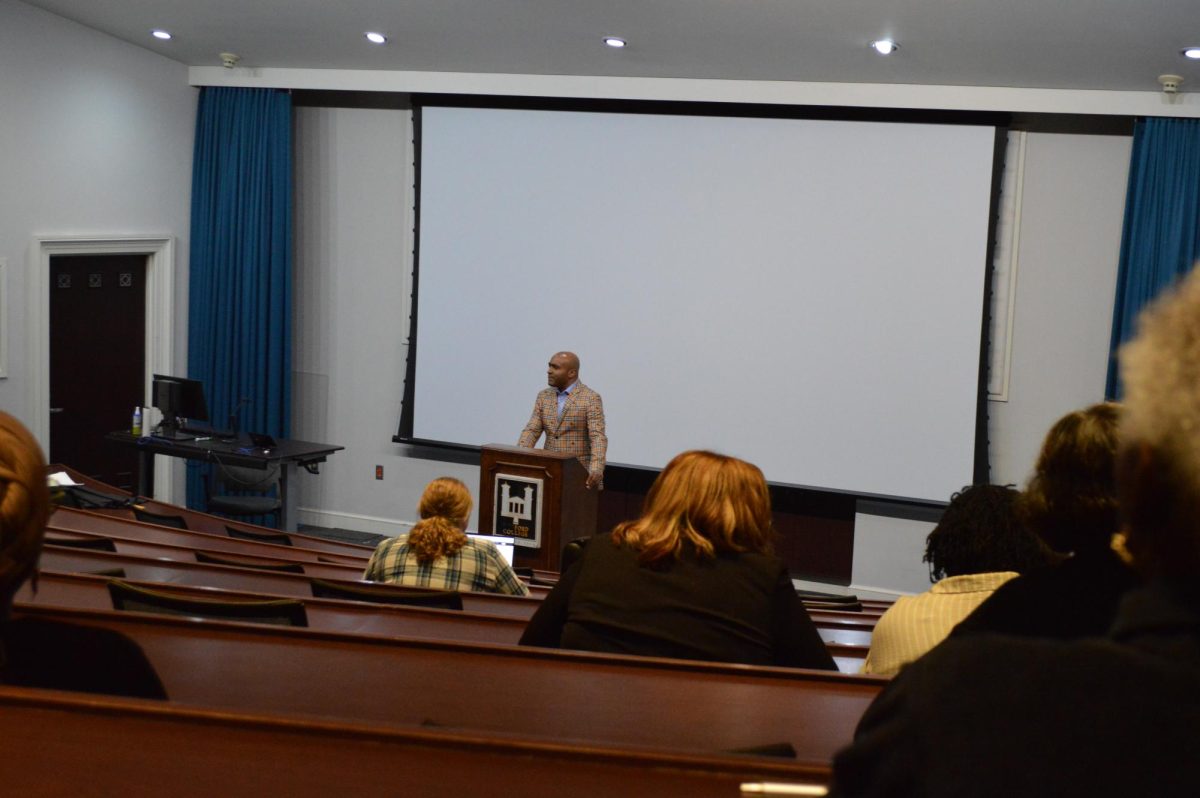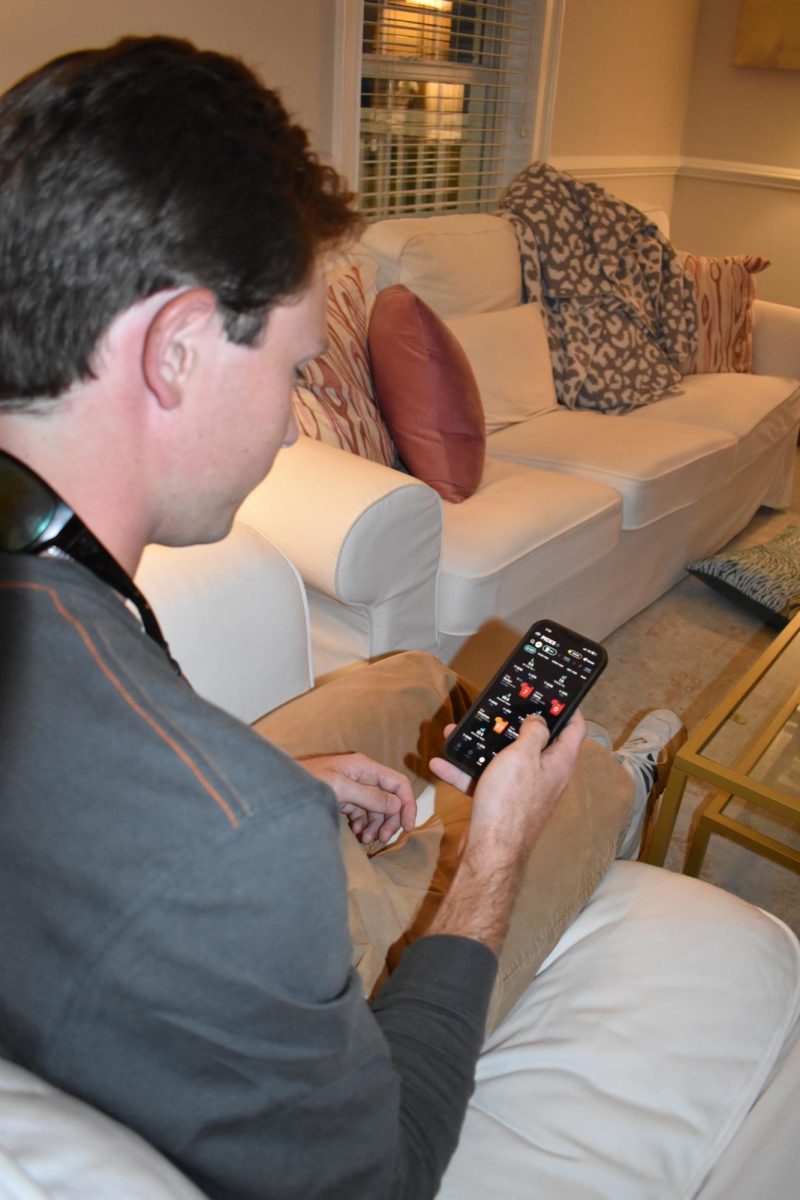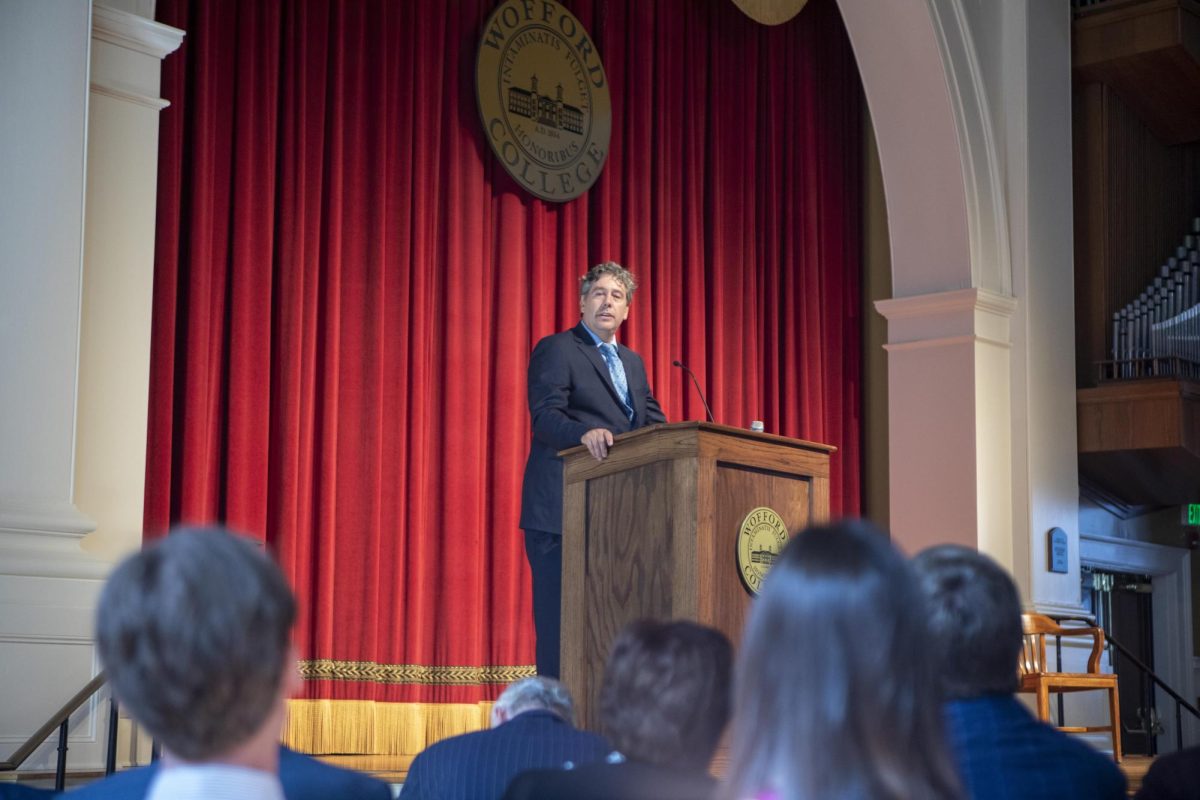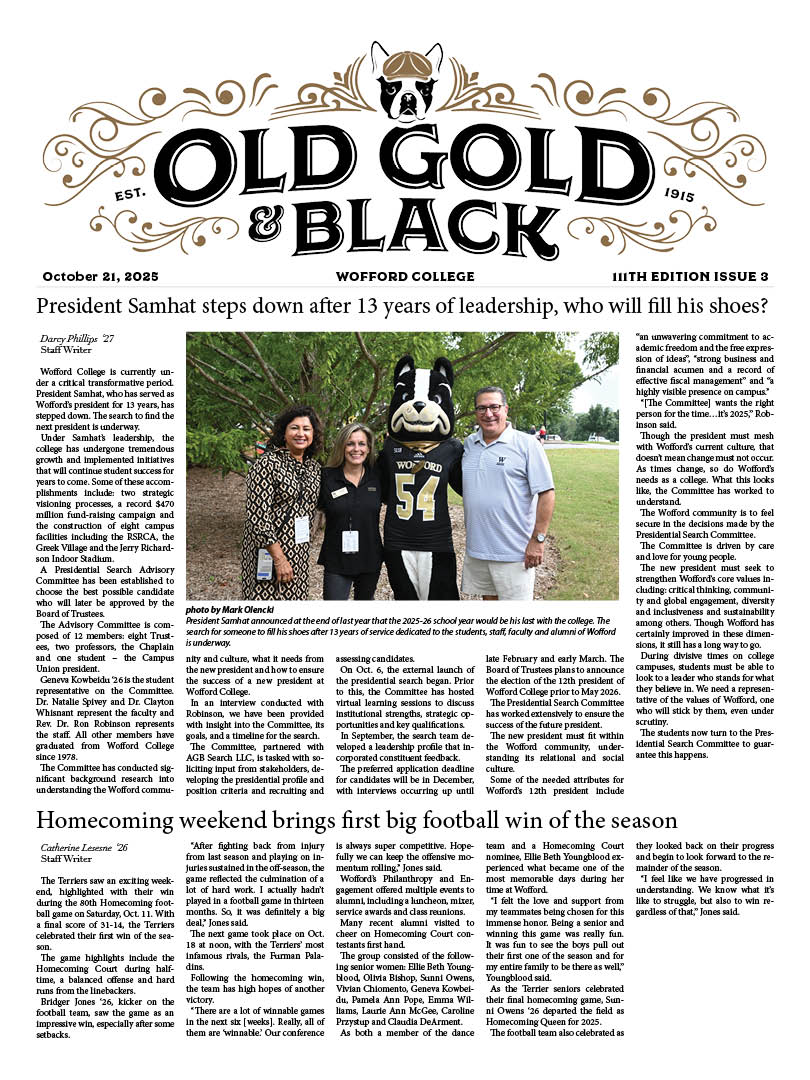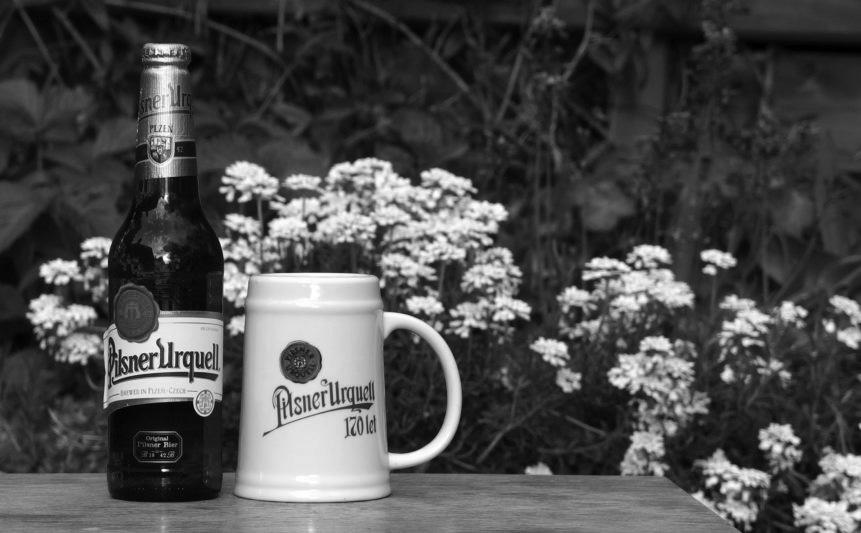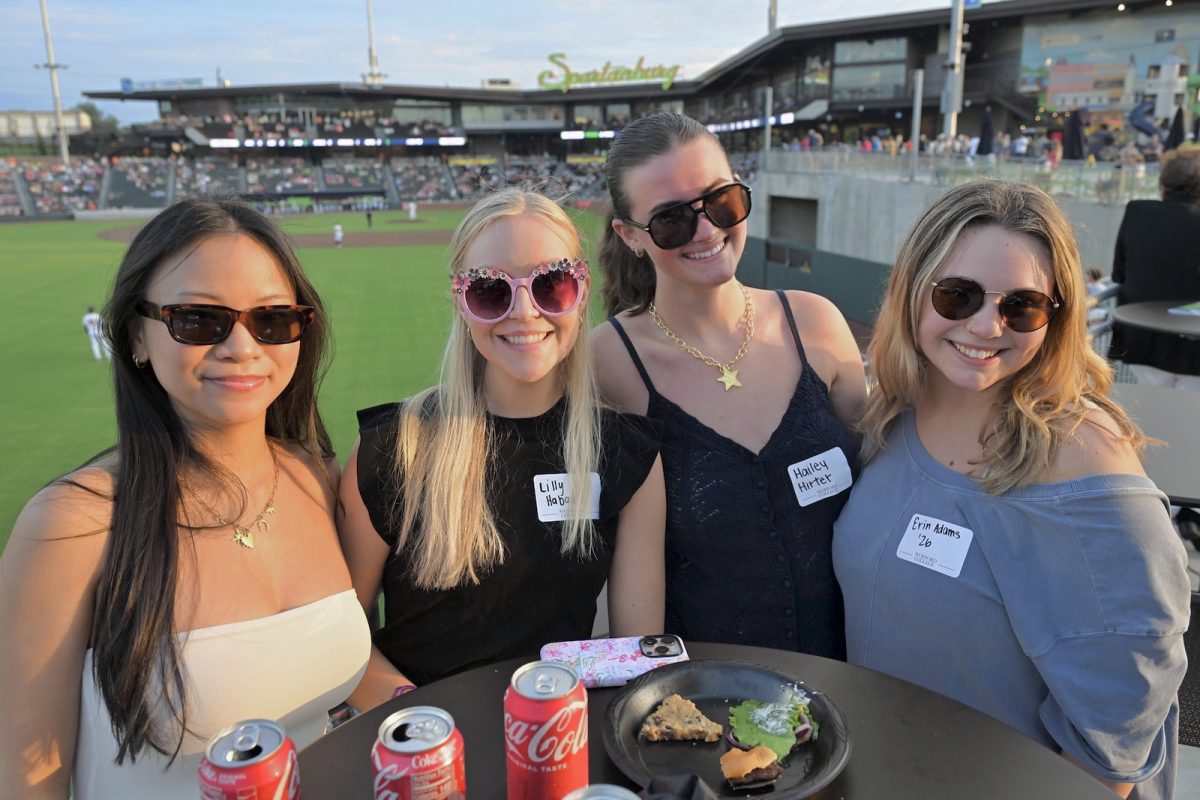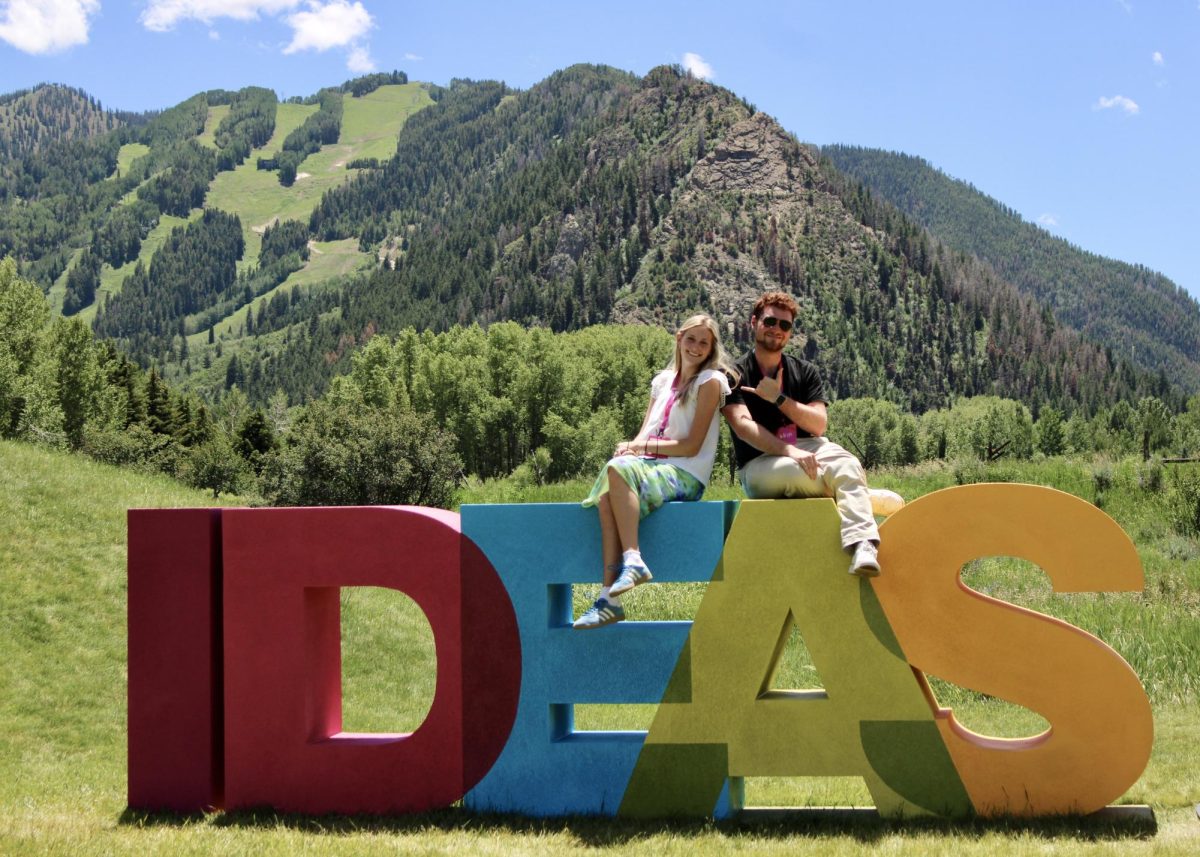A look into a cultural phenomenon
When I arrived in Prague, Czech Republic last month, I was fully prepared to endure the inevitable culture shocks of language barriers, style, food, and other cultural norms. However, I noticed that one specific, glaring difference between Czech culture and that of the United States is their attitude toward alcohol.
It is not a ground-breaking discovery that European nations do not view alcohol to be quite as “taboo” as many Americans do. However, in the Czech Republic, it seems to be even more different than I anticipated.
I have noticed that Czechs tend to drink beer, or “pivo” as they call it, with nearly every meal. There have been multiple times when walking to class, I have seen locals sitting outside a café drinking beer -not coffee- at 8 am on a weekday.
One likely reason for this cultural difference is that Czech beer is known to be some of the best in the world. Plzeň, Czech Republic is a short drive from Prague, and it is the birthplace of the pilsner. The golden colored, pale beer is known for its lightness and drinkability.
The reason for the style of beer developed in the Czech Republic is partially due to the soft, mineral-free water that is found in the country’s rivers, as well as access to certain local hops that are ideal for the pilsner.
The beer type has grown to be one of the most popular types of beer in the world. The typical American beers of Budweiser, Busch, and Miller are all pilsners that are directly descended from a brewery in Pilsen (the English name for Plzeň), Czech Republic.
The country’s history of brewing beer dates all the way back to the 6th century, and the creation of the pilsner resulted in a boom of the industry in the mid-19th century.
The Czech Republic consumes more beer per capita than any other country. This could be expected because of how common it is to order a beer with lunch or dinner. The servers will often immediately ask if you would like a beer, rather than the general question, “What would you like to drink?”
There is also an economic incentive, as in many restaurants beer is actually cheaper than water. A half liter of beer typically costs slightly over $1. In comparison, bottles of water often cost around $2.

